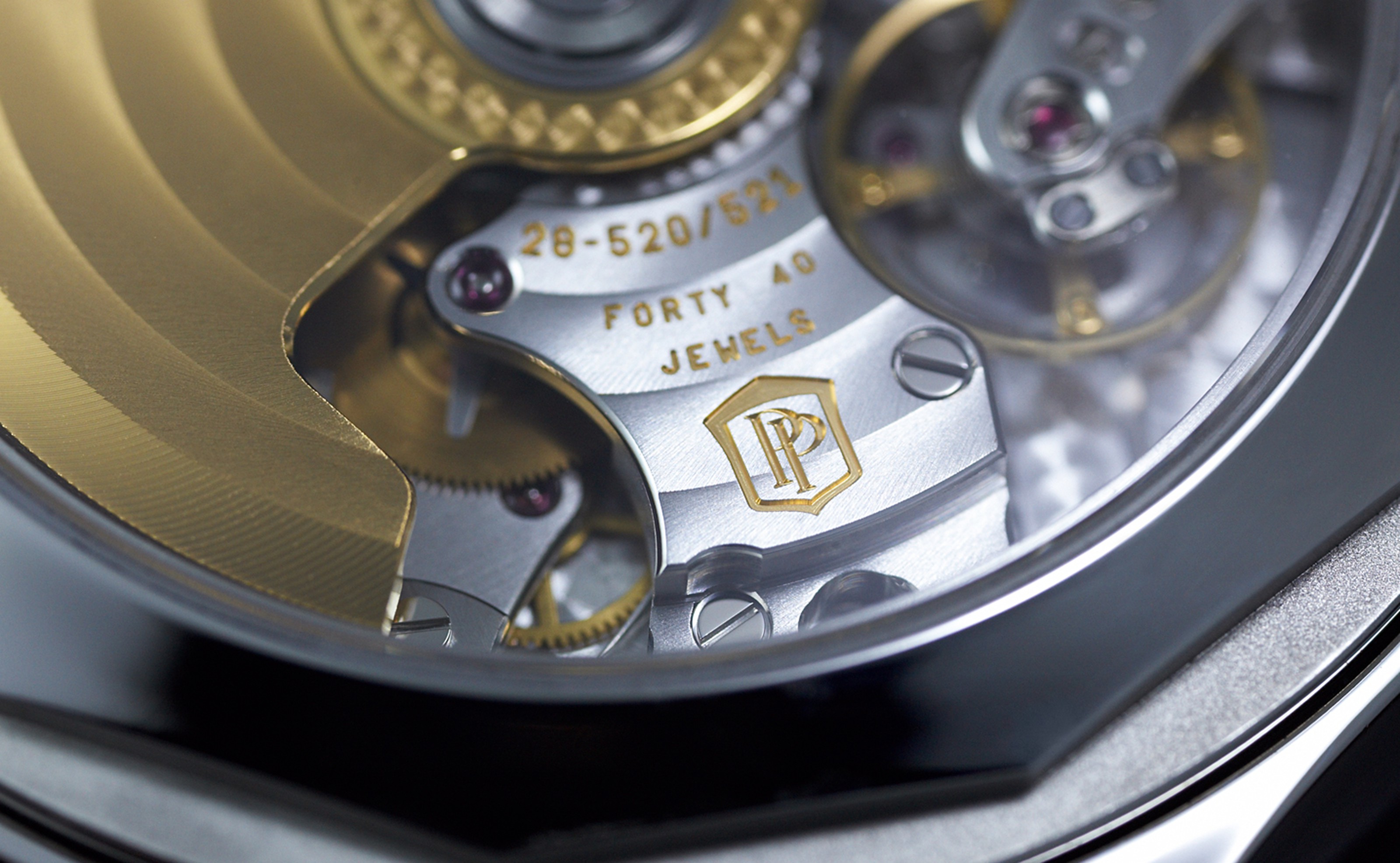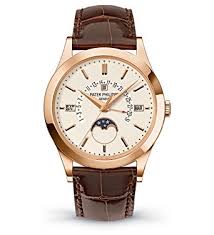The fashion for prestigious wristwatches has returned, despite the abundance of gadgets with built-in time display📱. Today, watches from famous Swiss brands are a symbol of status, prosperity, and sometimes even a ticket into high society.
Before buying an expensive watch, every potential owner conducts a little “market research”: selecting the manufacturer, desired functions, and budget. The look and size of the watch also play a key role.
📏 The Big Trend for Big Watches
Large wristwatches are worn not only by businessmen - they are an essential accessory for divers, race car drivers, and sometimes a bold statement in a woman’s look 💃
Why are they popular?
More room for complications and functions.
Additional space for creative design and technical innovations.
An instantly noticeable status symbol.
📌 Men’s classic: 36–42 mm, large - over 42 mm.
📌 Women’s classic: 28–37 mm, large - over 42 mm.
Average sizes for big models:
Men - 44–46 mm.
Women - 42 mm.
Most major brands offer large watches: Michael Kors, Cerruti 1881, Diesel, Hugo Boss, Franc Vila. Fun fact: Franck Vila created the world’s largest wristwatch at 56 mm.
Cons of large watches:
Don’t always fit business dress codes - they won’t slide under a shirt cuff.
It can look oversized on a slender wrist.
💎 Small but Precious
Small watches are timeless. For example, a Rolex with a 36 mm case will still be relevant in 25 years.
📌 Men’s classic: 36 mm.
📌 Women’s small watches: up to 24 mm.
Tips for choosing small watches:
Thin case and short lug-to-lug distance.
Harmonious design and vintage-inspired shapes like the Cartier Tank.
Optimal case height (think ultra-thin Jaeger-LeCoultre and Longines).
Strap or bracelet no wider than half the case diameter.
Advantages of small watches:
Lightweight and comfortable.
Visually cleaner - no cluttered dial.
However, making a small but complex movement requires exceptional skill, so the price depends more on watchmaking mastery than case size.



